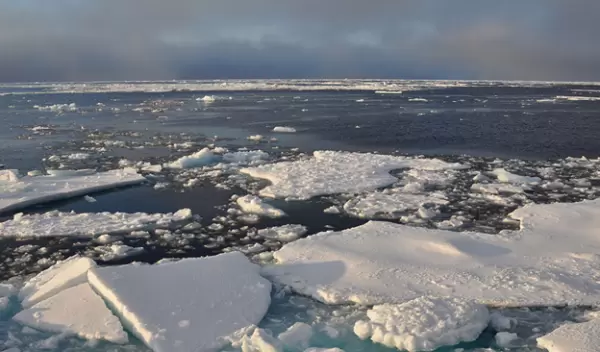
Smoke from Western wildfires can influence Arctic sea ice, researchers find
Sea ice and wildfires may be more interconnected than previously thought, according to U.S. National Science Foundation-supported research published in Science Advances.
By digging into the differences between climate models, researchers at the University of Colorado Boulder and the National Center for Atmospheric Research found that soot and other burned biomass from wildfires in Colorado and elsewhere in the Northern Hemisphere can eventually make their way to the Arctic and, once there, can affect how much — or how little — sea ice persists at any given time.
The persistence of sea ice, in turn, can cause ripple effects on climate patterns for the rest of the globe, reinforcing a feedback loop in a way that hasn't been seen before.
"Our research found that particles emitted from wildfires can impact what happens in the Arctic thousands of miles away," said NCAR's Patricia DeRepentigny, lead author of the paper. "The fact that there's a back-and-forth in what happens with wildfires and sea ice, and that diminishing sea ice can then lead to more wildfires, connects us with the Arctic."
DeRepentigny and Alexandra Jahn of CU Boulder noticed that in one climate model, the NCAR-based Community Earth System Model version 2, there was a drastic acceleration of Arctic sea ice loss toward the end of the 20th century that wasn't seen in previous models.
What the researchers found when comparing the forcings (the different ways climate can be influenced, such as by carbon dioxide or methane emissions or solar radiation) between the new and previous generation of climate models was that the biggest effect on Arctic sea ice loss was from biomass burning -- emissions from the burning of living and dead vegetation.
When the scientists dug deeper into the biomass burning emissions, they found that the main difference is due to cloud effects when aerosols, small particles or liquid droplets, released by fires interact with Arctic clouds. Aerosols released during a heavy fire year can lead to more and thicker clouds; in lighter fire years, clouds are thinner — allowing for more solar radiation to get through and melt more sea ice.
